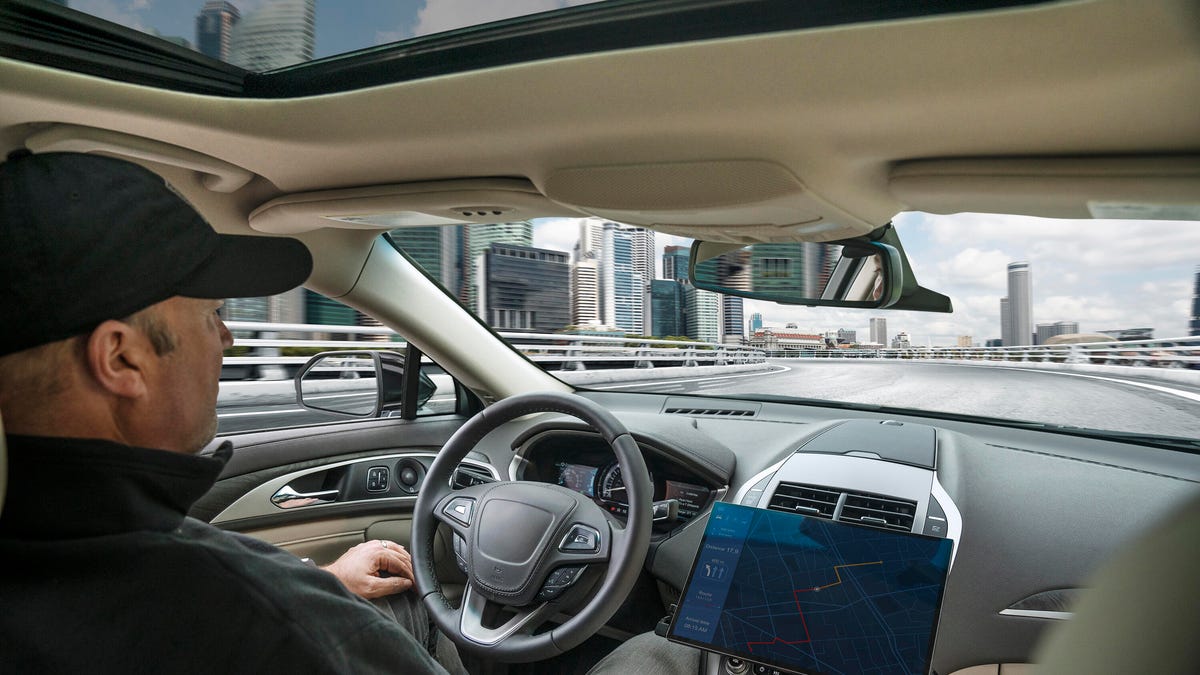Qualcomm's Snapdragon Ride wants to power tomorrow's self-driving car tech
It's an autonomous platform to power anything from active safety systems to future self-driving cars.

More cars may have Snapdragon onboard in the future.
Qualcomm and its Snapdragon CPU branding are likely familiar names for mobile phone aficionados, but watch out, because we're going to likely see more of it in our cars in the near future.
On Monday ahead of CES 2020's opening day, Qualcomm announced the Snapdragon Ride platform, which it envisions as the autonomous driving platform for the future. Today, the company already supplies numerous automakers with its semiconductors for telematics and Bluetooth connectivity, but in the future, Qualcomm wants to power everything from active safety systems to autonomous driving technology.
Qualcomm President Cristiano Amon shows the Snapdragon Ride box to the CES 2020 crowd at the company's press conference on Monday.
Snapdragon Ride is the architecture for this goal, which the company said is totally scalable to meet various needs. Three pieces make up Snapdragon Ride: the Snapdragon Ride Safety system-on-a-chip, the Snapdragon Ride Safety Accelerator and the Snapdragon Ride Autonomous Stack.
Each possesses the elements meant to turn this platform into what automakers need. Think of the minor things as active safety gear, such as automatic emergency braking and traffic sign recognition. On the future scale, Snapdragon Ride could power automated highway driving, or self-parking features. The ultimate goal is to be the brains behind Level 4 and Level 5 autonomous driving on the SAE scale of autonomy.
One other major benefit Qualcomm touted in the announcement is the lack of liquid cooling. Instead, the system can be air-cooled, which is a big plus for automakers rolling out electric cars. The less the battery needs to power, the more it can focus on delivering longer driving ranges. The company also thinks this will help make for simpler vehicle designs when it comes to packaging everything.
Industry-leading thermal efficiency and energy-efficient artificial intelligence and computer vision engines were also promised.
Qualcomm believes the first stage of growth will come from Level 2 automated systems, such as assisted driving and other convenience systems. This is especially true as automakers meet voluntary obligations to pack more safety tech into their cars. As for the fully autonomous driving, that's further down the road. In the meantime, the company plans to make Snapdragon Ride available to automakers and tier-one suppliers in the first half of 2020.

